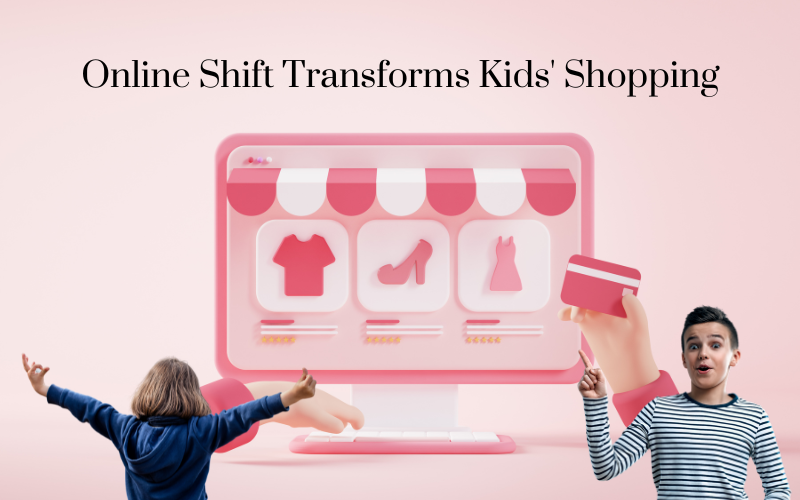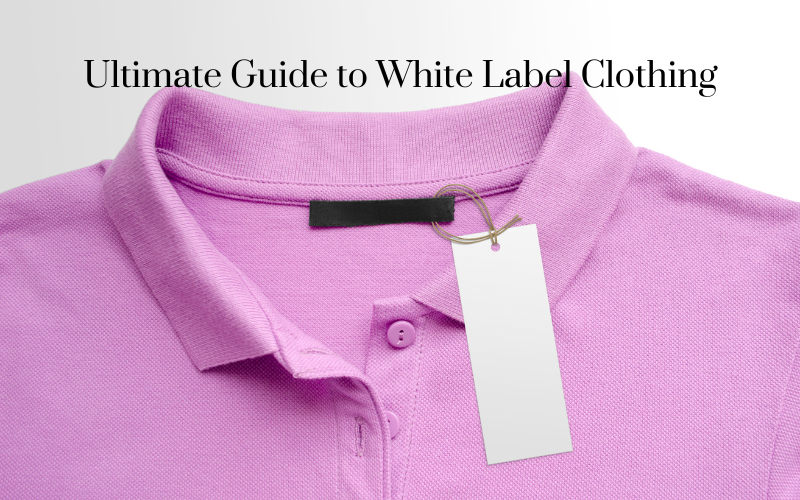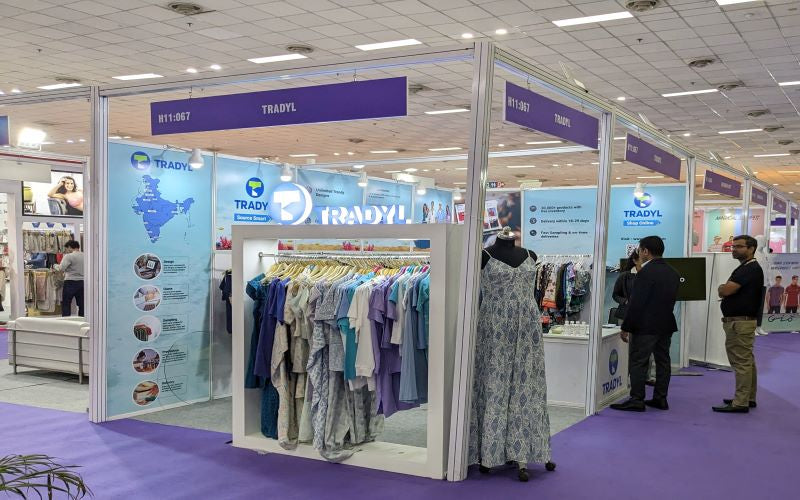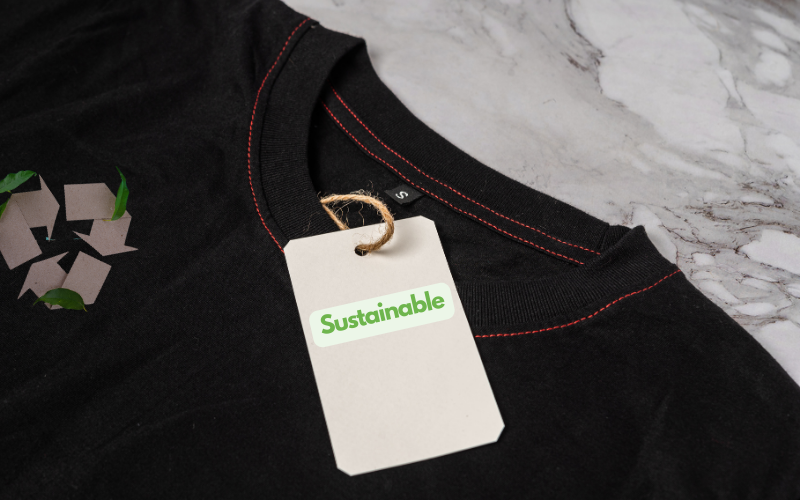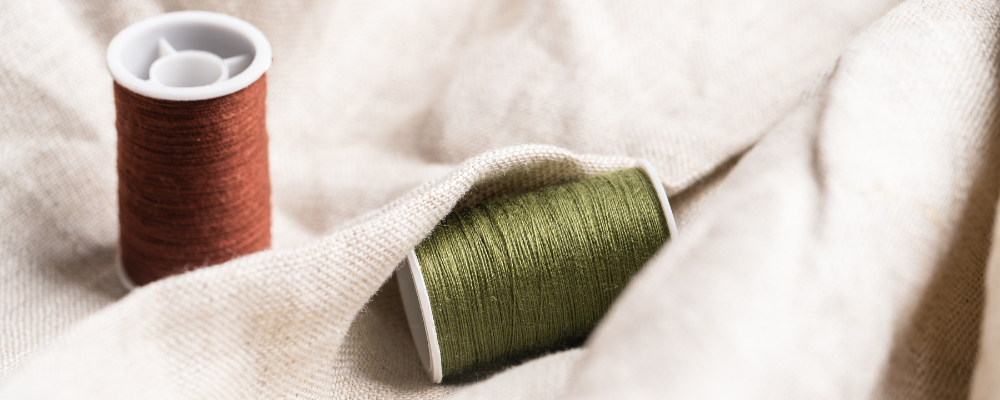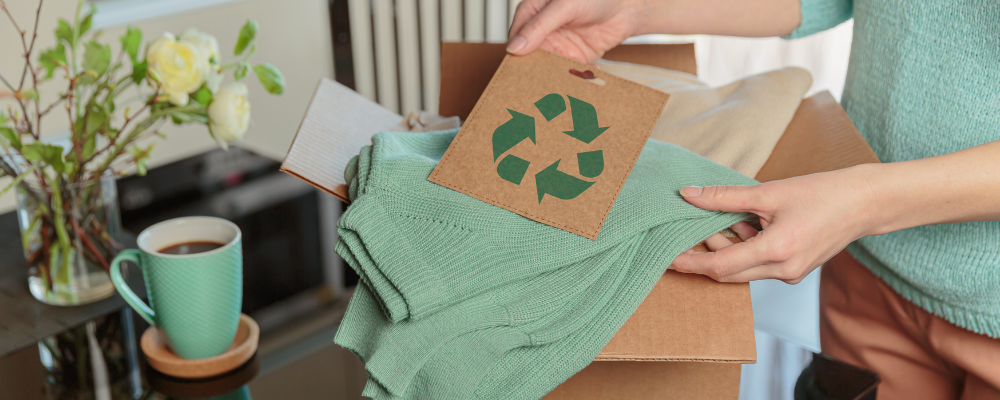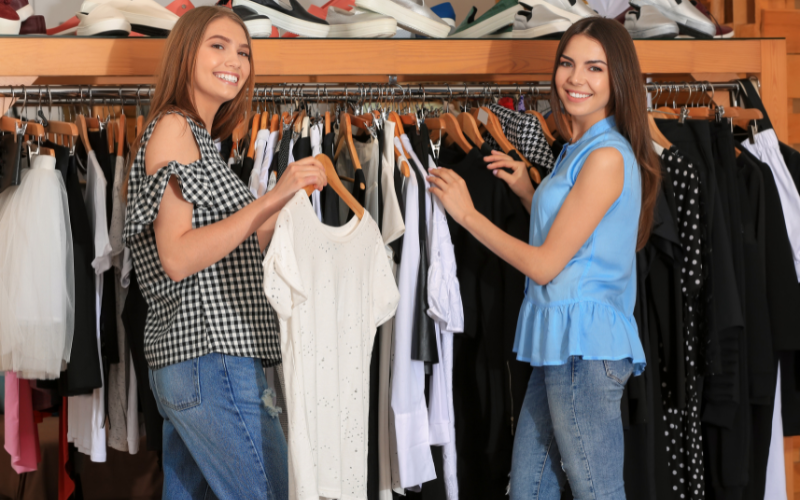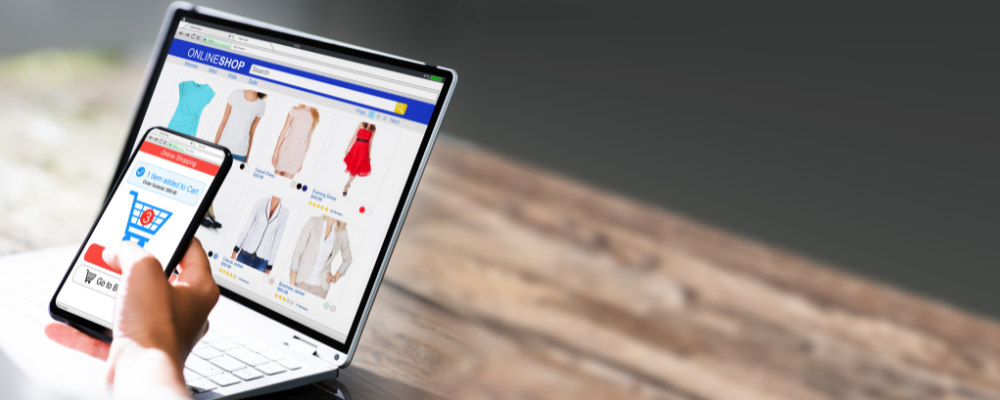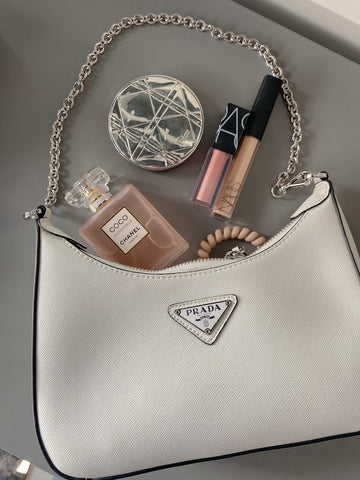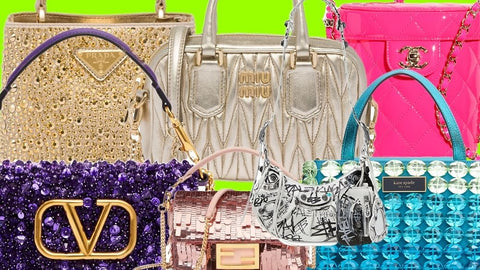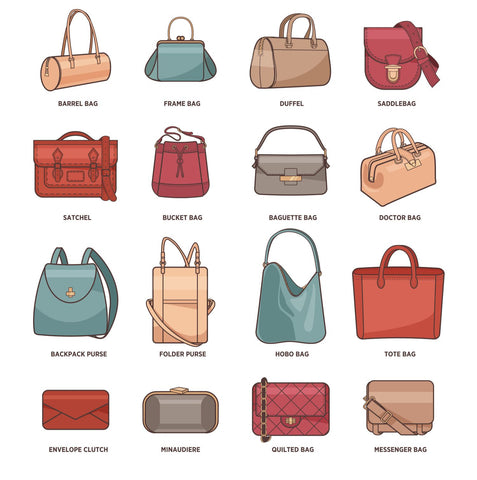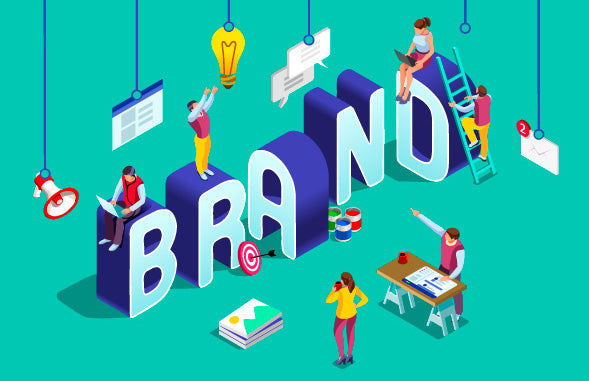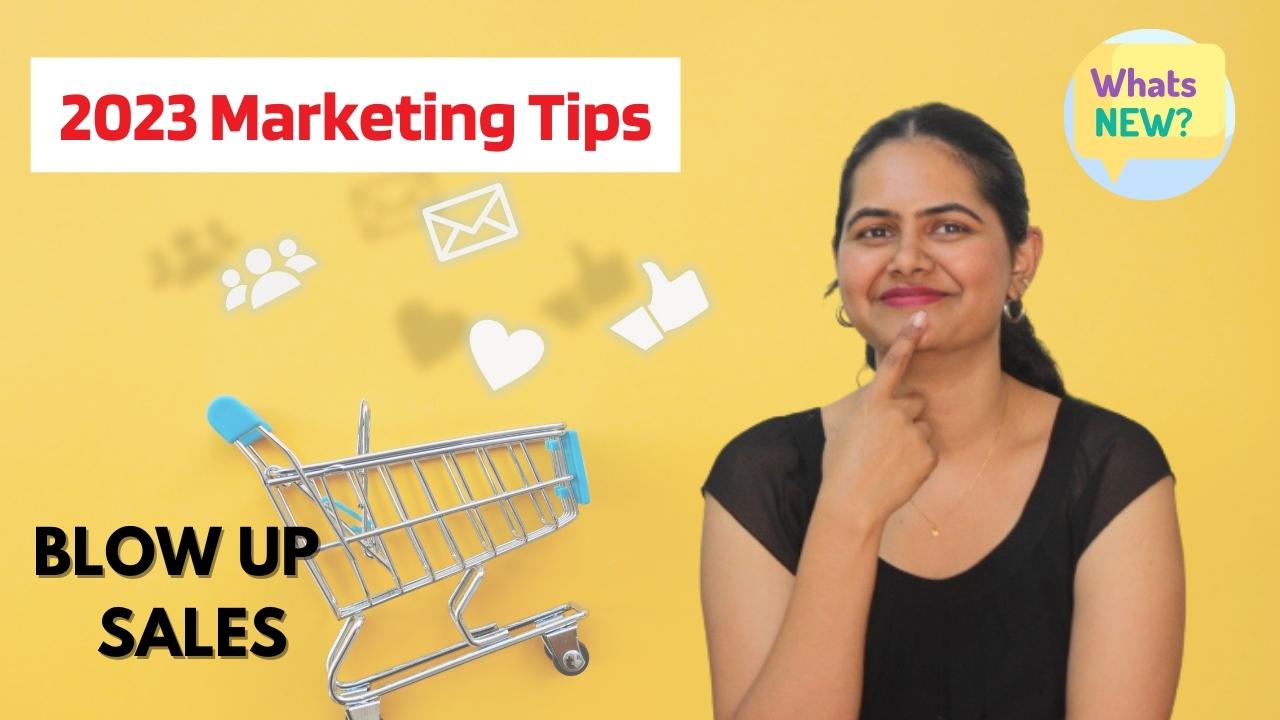One segment that stands out vividly within India’s e-commerce market is kids’ apparel. Over the past decade, the Indian market for children’s clothing sale online has witnessed an extraordinary surge, driven primarily by the expanding e-commerce landscape.
Based on recent market analyses, the Indian e-commerce market for kids’ clothing has had a Compound Annual Growth Rate (CAGR) of over 15% in the last five years. Various factors have contributed to the growth, such as rapid digitalization, increased internet use, and varying consumer preferences.
Change in Consumer Behaviour and Preferences
The shift in consumer behavior, especially amongst millennials and Gen Z parents, has been a key driver in this surge. Today, parents focus on quality, convenience, and variety while shopping for their kids. It is quite convenient and easy to browse through a plethora of options with budget-friendly pricing and hassle-free delivery. These factors have made online shopping an appealing choice for parents looking for comfortable, trendy, and affordable clothing for their children.
Why do Parents Love the Convenience of Online Shopping?
We know and understand that parents are always under time constraints and looking for that extra hour to complete all their errands. Thus, it doesn’t come as a surprise that most parents consider online shopping a boon – naming convenience as their biggest motivator for shopping online. Online shopping is indeed a lifesaver for parents, so let’s delve deeper to understand the factors that influence the upsurge in the online sale of children’s clothing.
Most Parents Purchase from the Convenience of their Home
According to the research, 43% of online shoppers make purchases from the comfort of their bed, further underscoring the convenience aspect of online shopping. For parents looking to maximize their time, 20% admit to purchasing apparel for their kids during their commute to work or from the convenience of their beds. For a parent who has been up all night, the ability to shop online without having to change and leave the house is a life-changing experience.
Online Shopping is Great for Information Addicts
Most millennials are entering parenthood in their late 20s and 30s, and this new generation of parents is used to having a wealth of information at their fingertips. This has impacted their purchasing behavior too. They can access testimonials, reviews, and online groups filled with information on the best children’s clothing boutique online, or for apparel trends that would best suit their child. It is no wonder that most millennial parents prefer online shopping which gives them all the information they need about the product they need to buy for their kids.
Wider Selection
Another advantage of purchasing children’s clothes online is the wider range of options available. Online stores have a wider selection of sizes, colors, styles, and brands, making it easier for parents to zero in on that perfect outfit for their child. With online shopping, parents can browse through numerous online stores within minutes and compare prices, styles, and brands.
Lower Prices
Online stores often give lower prices than conventional physical stores. Online retailers generally offer better pricing than brick-and-mortar stores, as they do not have to manage high expenses associated to rent, supplies, and staffers. Moreover, most online stores offer children’s clothing sales, discounts, and coupons, which helps parents save money on children’s clothing.
Easy Return and Exchanges
Another great feature of online shopping is that customers can easily return or exchange items with the click of a button. Most online stores have extremely easy return policies with a full refund or exchange for a different style or size. Ordering the wrong size or the wrong item is no longer a big issue. Once parents request for a return or exchange, there is someone at their doorstep to pick up the item.
Market Statistics Paint an Encouraging Picture
Market statistics predict a promising trajectory for the e-commerce kids’ wear sector. Latest reports indicate that e-commerce accounts for a substantial portion of the overall kids’ apparel market within India, with estimates forecasting a market value of close to $22.6 billion by 2025.
In this rapidly evolving landscape, key players in the e-commerce sector are deploying different strategies to grab the attention of parents. From exclusive collaborations by online children’s clothing boutiques and launches with popular kids’ brands to working with social media influencers for targeted marketing – brands are working hard to tap into this lucrative market.
Children’s Wear Market Trends
Following are some of the key trends in the kids’ wear market
Growing Emphasis on Sustainability and Ethical Practices
Parents are now aware about the environmental and social consequences of their purchasing habits which results in the requirement for sustainable and ethically produced clothing. Brands are concentrating on sustainability by including organic materials and decreasing carbon emissions.
Growth of Online Retail Channels and Omnichannel Strategies
With the growth of online retail channels and omnichannel strategies, the children’s apparel market is set to scale. Online platforms offer convenience while omnichannel strategies effortlessly combine digital and physical channels to enhance user interaction.
Shift in Parental Preferences towards Gender-Neutral Clothing
Parents are intentionally turning away from traditional gender choices and opting for adaptable styles and colors suitable for any child. This change aligns with social movements supporting diversity and inclusivity. Thus, children’s online boutiques are increasingly expanding their offerings to cater to a more diverse range of identities and preferences.
Wrapping Up
The e-commerce realm for kids’ clothing in India shows great potential and opportunities and the sale of children’s clothing online is only set to grow. With technology and consumer preferences continuously evolving, we are set for further expansion and innovation. However, challenges such as maintaining quality standards, ensuring sustainable practices, and addressing logistical issues still need to be addressed
If you are a brand/retailer, looking to reap the benefits of preference of online shopping or a parent looking to purchase great clothes for your kids at excellent pricing, then reach out to Tradyl.
Tradyl is a streamlined platform that connects retailers/customers with a global network of verified suppliers. Businesses can easily source high-quality, trendy products from international markets, without the complexities of direct engagement. Tradyl simplifies procurement, handles logistics and compliance, and offers data-driven insights, allowing retailers to adapt quickly to changing market trends and consumer preferences.

